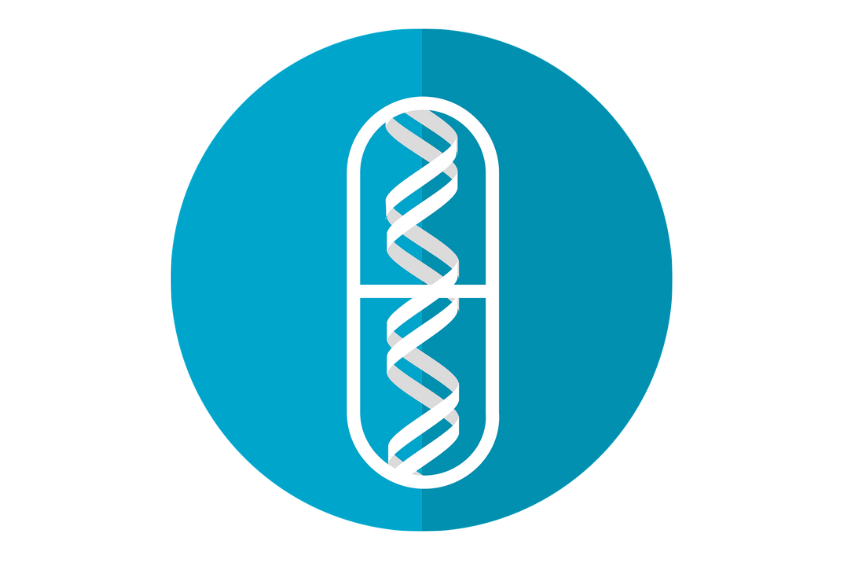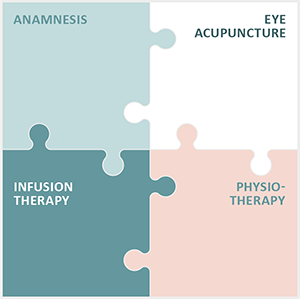New therapies for glaucoma treatment

New therapies for glaucoma treatment – Encouraging research from the USA on gene therapy for glaucoma diseases
Encouraging research from the USA on gene therapy for glaucoma diseases
A glimmer of hope in the treatment of glaucoma comes from the laboratories of Harvard Medical School in Boston. Here, scientists have gained groundbreaking insights into the fact that optic nerve cells are capable of regeneration.
In a groundbreaking study (Reprogramming to recover youthful epigenetic information and restore vision.), the researchers report on their successful efforts to help mice with glaucoma to improve their vision using gene therapy.
This advance is significant as it opens up the possibility of treating glaucoma, also known as glaucoma, in an innovative way.
Specific cell factors inactivated using protein injections
The Harvard researchers achieved these successes by inactivating specific cell factors using protein injections. This approach led to an effective rejuvenation of the optic nerve in the mice. As a result, these animals once again responded to visual stimuli and were able to orientate themselves in space using visual patterns.
These therapeutic advances were successful in about half of the treated animals and there were no significant side effects.
The US scientists even go so far as to express the hope that their findings could be transferable to humans in the future. They were able to successfully reprogramme human neurons in cell culture experiments. This progress raises optimistic prospects for the treatment of glaucoma patients.
This progress opens up the prospect of a promising new form of therapy for glaucoma, which could potentially represent a revolution in the treatment of this disease.
New, innovative measurement method to simplify glaucoma treatment
A promising new method has emerged in the world of ophthalmology that could revolutionise the monitoring and management of glaucoma. A tiny implanted chip, which is inserted during cataract surgery, enables the continuous measurement of intraocular pressure and delivers this information to an external reader.
The implantation of the eye chip during cataract surgery: a breakthrough in glaucoma monitoring
During cataract surgery, an artificial lens is usually placed in the eye. The space that becomes free in front of this lens, the so-called sulcus, provides the ideal environment for the implantation of this ring-shaped chip. The chip itself is extremely flat and finely structured. It utilises external induced currents to detect the intraocular pressure during the measurement from the outside to the inside.
The chip is “active” during its measurements and transmits the data obtained to the reader. In the inactive phase, the chip is electronically inactive and consumes no energy. It can only be measured when it is activated by external impulses.
Independent monitoring of intraocular pressure: potential impact on glaucoma treatment and patient care
A major advantage of this technology is that patients are now able to monitor their intraocular pressure independently and as often as necessary. They have the opportunity to actively monitor the progression of their eye health and, if necessary, point out changes or the need for treatment.
This can be particularly helpful when adjusting new medications, as patients can immediately determine whether the prescribed therapy is effective.
This technology has yet to be widely used. In a study in which Magdeburg and many other study centres took part, a total of 23 patients were successfully fitted with this eye chip. The results were promising and the patients tolerated the implantation well.
Self-monitoring of intraocular pressure allows patients to actively participate in monitoring their health and provide important information to the ophthalmologist. This innovative approach could significantly improve glaucoma treatment and increase patients’ quality of life.
Integration of the Integrated Eye Therapy according to Noll into modern glaucoma therapy
In the context of advancing research and new therapeutic approaches for glaucoma, such as the promising gene therapy from the USA, the Integrated Eye Therapy according to Noll offers a comprehensive and individualized treatment method for chronic and degenerative eye diseases.
The Integrated Eye Therapy developed by Michaela Noll could be a valuable addition to these new approaches and includes:
- A detailed anamnesis to understand the specific needs of each patient.
- Eye acupuncture according to Prof John Boel, a central component of the therapy, aims to support vision through targeted stimulation.
- Personalised infusion therapies tailored to the patient’s specific nutritional and health needs.
- Specialised physiotherapy to support overall eye health.
With a solid international patient base and much positive feedback over the past 13 years, this method could play an important role in complementary glaucoma treatment alongside the latest scientific breakthroughs.


